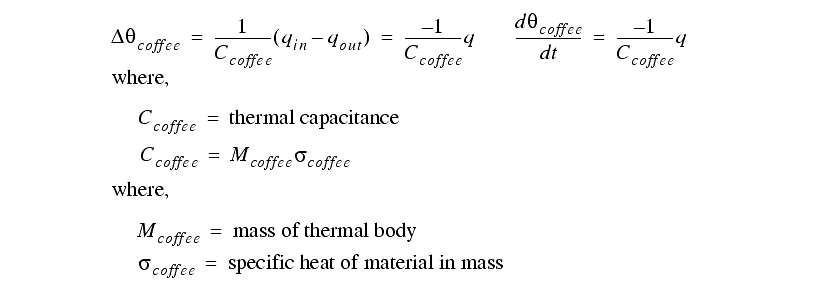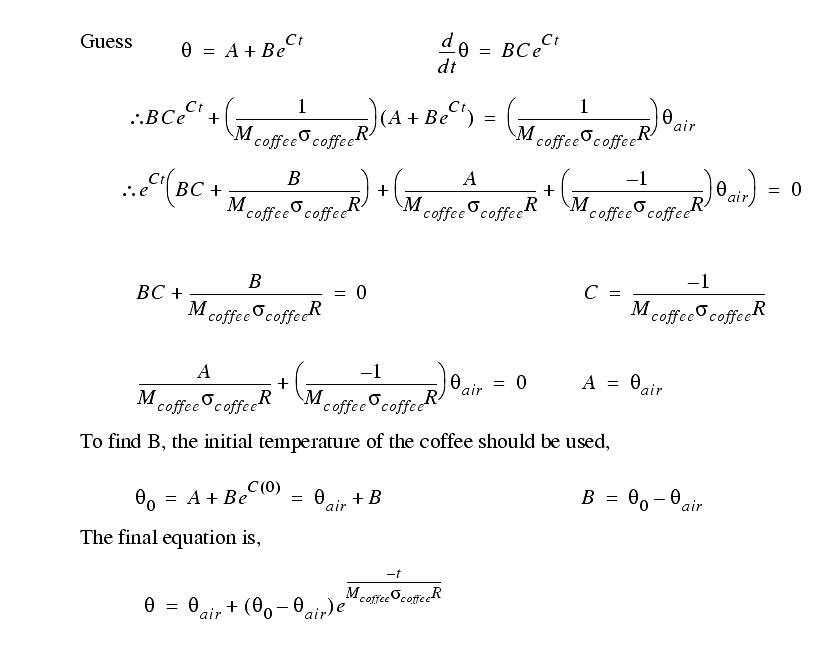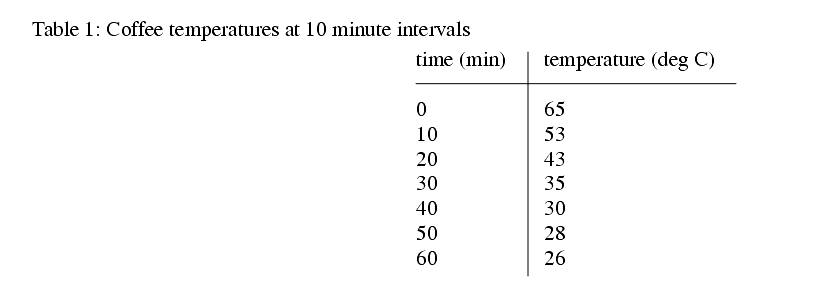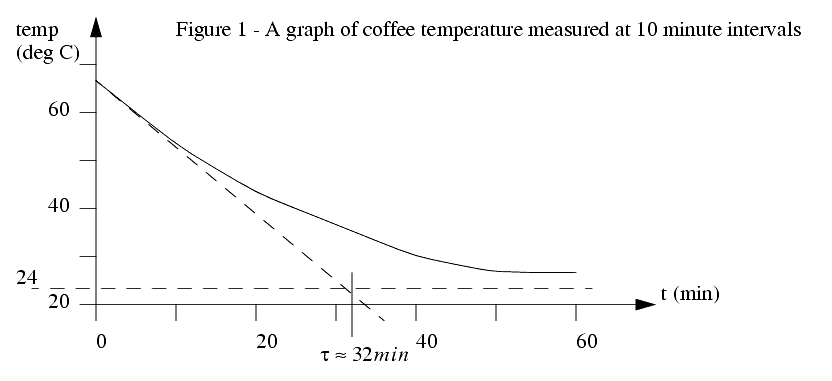
|
|
|
3.3 TYPES OF REPORTS
������������We do different types of reports, including,
Laboratory - Theses `Lab Reports' describe one or more experiments, the results, and the conclusions drawn from them.
Consulting - A summary of details, test results, observations, and a set of conclusions. Typically they will also contain a recommendation.
Project - A description of work done in a project to inform other engineers who may be asked to take up further work on the project.
Research - A summary of current advances in a topic. This should end with some comparison of alternatives.
Interim - A report to apprise supervisors and others as to the progress of a project or other major undertaking.
Executive - A brief summary of the report, and any implications for decision making at the management levels.
3.3.1 Laboratory
������������Purpose: These reports should outline your procedure and results in detail. They should also contain the analysis and conclusions. The completeness of detail allows you (and others) to review these and verify the correctness of what has been done. These have been historically used for hundreds of years and are accepted as a form of scientific and legal evidence. It is completely unacceptable to make incorrect entries or leave out important steps or data.
1. Title, Author, Date - these make it clear what the labs contain, who did the work, and when it was done.
2. Purpose - a brief one line statement that allows a quick overview of what the experiment is about. This is best written in the form of a scientific goal using the scientific methods.
3. Theory - a review of applicable theory and calculations necessary. Any design work is done at this stage
4. Equipment - a list of the required equipment will help anybody trying to replicate the procedure. Specific identifying numbers should be listed when possible. If there are problems in the data, or an instrument is found to be out of calibration, we can track the problems to specific sets of data and equipment.
5. Procedure - these are sequential operations that describe what was done during the experiment. The level of detail should be enough that somebody else could replicate the procedure. We want to use this as a scientific protocol.
6. Results (Note: sometimes procedure and results are mixed) - the results are recorded in tables, graphs, etc. as appropriate. It will also be very helpful to note other events that occur (e.g. power loss, high humidity, etc.)
7. Discussion - At this stage the results are reviewed for trends and other observations. At this point we want to consider the scientific method.
8. Conclusions - To conclude we will summarize the significant results, and make general statements either upholding or rejecting our purpose.
Style: These are meant to be written AS the work is done. As a result the work should be past tense
Laboratory reports should have one or more hypotheses that are to be tested. If testing designs these are the specifications. Examples might be,
NOTE: These reports are much easier to write if you prepare all of the calculations, graphs, etc. before you start to write. If you sit down and decide to do things as you write it will take twice as long and get you half the marks...... believe me, I have written many in the past and I mark them now.
3.3.1.1 - An Example First Draft of a Report
������������EGR 345 Dynamics Systems Modelling and Control
Purpose: To derive a theoretical model of the rate at which coffee cools and experimentally verify the model and find coefficients.
When coffee is heated kinetic energy is added, when coffee is cooled kinetic energy is removed. In a typical use, coffee cools as heat is lost through convection and conduction to the air and solids in contact. The factors involved in this convection/conduction can be difficult to measure directly, but we can approximate them with a simple thermal resistance. Consider the temperature difference between the coffee and the ambient temperature. The greater the temperature difference, the higher the rate of heat flow out of the coffee. This relationship can be seen formally in the equation below. We can also assume that the atmosphere is so large that the heat transfer will not change the temperature.

We can also consider that coffee has a certain thermal capacity for the heat energy. As the amount of energy rises, there will be a corresponding temperature increase. This is known as the thermal capacitance, and this value is unique for every material. The basic relationships are given below. I will assume that the energy flow rate into the coffee is negligible.

The temperatures can be found by consider that the energy flowing out of the cup, and into the atmosphere is governed by the resistance. And, the temperature in the coffee and air are governed by the two capacitances. We will make two assumptions, that the thermal capacitance of the atmosphere is infinite, and that there is no energy flowing into the coffee.

This differential equation can then be solved to find the temperature as a function of time.

The time constant of this problem can be taken from the differential equation above.

1 coffee maker - Proctor Silex Model 1234A
1 temperature meter (gvsu #234364)
1. The coffee pot was filled with water and this was put into the coffee maker. The coffee filter and grounds were put into the machine, and the machine was turned on. After five minutes approximately the coffee was done, and the pot was full.
2. The mass of the empty coffee cup was measured on the scale and found to be 214g.
3. The air temperature in the room was measured with the thermometer and found to be 24C. The temperature of the coffee in the pot was measured using the thermocouple and temperature meter and found to be 70C.
4. Coffee was poured into the cup and, after allowing 1 minute for the temperature to equalize, the temperature was measured again. The temperature was 65C. Readings of the coffee temperature were taken every 10 minutes for the next 60 minutes. These values were recorded in Table 1 below. During this period the cup was left on a table top and allowed to cool in the ambient air temperature. During this period the mass of the full coffee cup was measured and found to be 478g.

The difference between the temperature of the coffee in the pot and in the cup was 5C. This indicates that some of the heat energy in the coffee was lost to heating the cup. This change is significant, but I will assume that the heating of the cup was complete within the first minute, and this will have no effect on the data collected afterwards.
The readings for temperature over time are graphed in Figure 1 below. These show the first order response as expected, and from these we can graphically estimate the time constant at approximately 32 minutes.

We can compare the theoretical and experimental models by using plotting both on the same graph. The graph clearly shows that there is good agreement between the two curves, except for the point at 30 minutes, where there is a difference of 3.5 degrees C.

This gives an overall error of 8.5% between these two curves, compared to the total range of the data.

Finally, the results can be used to calculate a thermal resistance. If we know the mass of the coffee and assume that the coffee has the same specific heat as water, and have the time constant, the thermal resistance is found to be 1731sC/J.

In general the models agreed well, except for a single data point. This error was relatively small, only being 8.5% of the entire data range. This error was most likely caused by a single measurement error. The error value is greater than the theoretical value, which suggests that the temperature might have been read at a "hot spot". In the procedure the temperature measuring location was not fixed, which probably resulted in a variation in measurement location.
3.3.1.2 - An Example Final Draft of a Report
������������A final draft of the report is available on the course website in Mathcad format, and it will be distributed in the lab.
3.3.2 Research
������������Purpose: After looking at a technical field we use these reports to condense the important details and differences. After reading a research report another reader should be able to discuss advanced topics in general terms.
3.3.3 Project
������������Purpose: These reports allow the developer or team to document all of the design decisions made during the course of the project. This report should also mention avenues not taken. Quite often the projects that we start will be handed off to others after a period of time. In many cases they will not have the opportunity to talk to us, or we may not have the time. These reports serve as a well known, central document that gathers all relevant information.
3.3.4 Executive
������������Purpose: These reports condense long topics into a very brief document, typically less than one page in length. Basically these save a manager from having to read a complete report to find the details that interest him/her.
3.3.5 Consulting
������������Purpose: These reports are typically commissioned by an independent third party to review a difficult problem. The consultant will review the details of the problem, do tests as required, and summarize the results. The report typically ends with conclusions, suggestions or recommendations.
3.3.6 Interim
������������Purpose: This report is normally a formal report to track the progress of a project. When a project is initially planned, it will be given a timeline to follow. The interim report will indicate progress relative to the initial timeline, as well as major achievements and problems.
Search for More: |

Custom Search
|

|